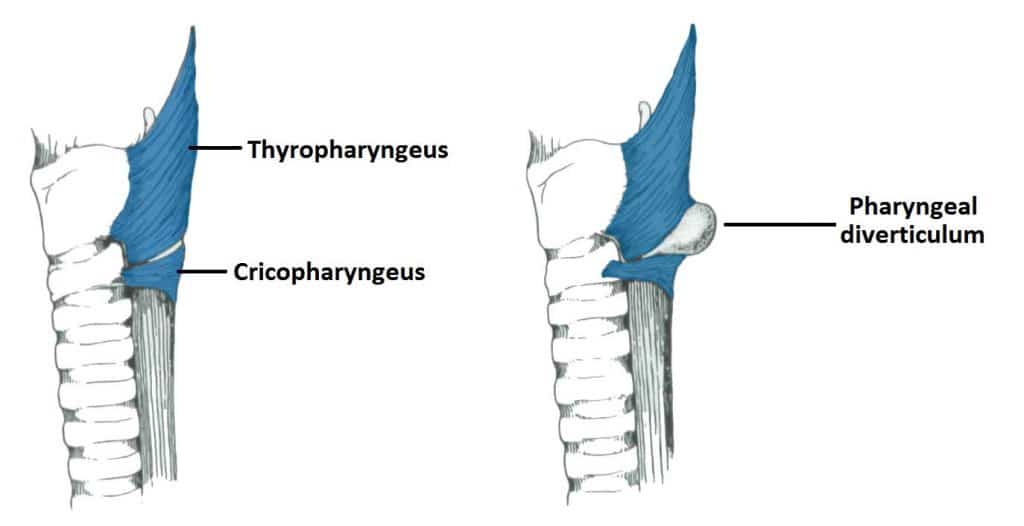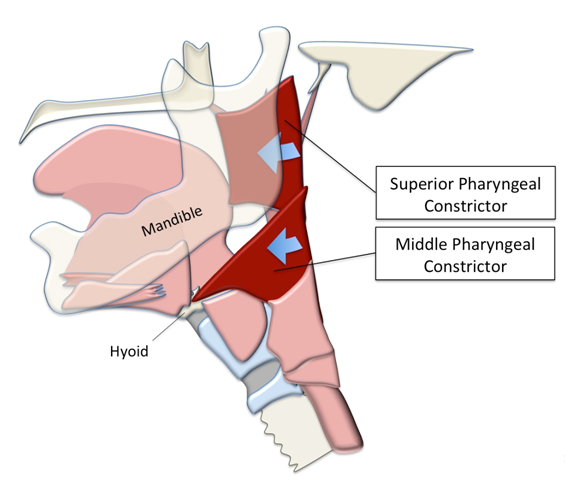
Barium swallow shows Rat tail appearance.

Regurgitation of meals and loss of weight.ĭiagnosis: Test of choice is EGD and biopsy. Types: Squamous cell carcinoma (90%), while adenocarcinoma is common only in the lower third of esophagus mostly as a complication of Barrett’s esophagus.ĭysphagia: More to solids than liquids. Saint’s triad = Hiatus hernia + Diverticular disease + Chronic cholecystitis.Įdema of airways and esophagus followed by dysphagia and risk of perforation.įirst thing to do: Dilution by ingestion of any liquid, e.g., water.Īntibiotics and steroids: To decrease edema and fibrosis.īarium swallow in 2 months: Depending on the degree of stricture, the choice is made between dilatation vs Esophagectomy and anastomosis.Ĭauses: Smoking, alcohol, Barrett’s esophagus, Plummer Vinson syndrome. Morgagnian hernia: Hiatal hernia through foramen of Morgagni located between costal and sternal origins of diaphragm. This is caused by patent pleuro-peritoneal canal. Paraesophageal hiatus hernia: Gastropexy.īockdalek hernia: Hiatal hernia through foramen of Bockdalek behind the lateral arcuate ligament. In young patients with severe disease resistant to medical treatment, fundoplication is recommended. Sliding hiatus hernia: Causes GERD which is treated medically by proton pump inhibitors or H2 blockers (Refer to IM). Para-esophageal (15%): Herniation of greater curvature of stomach to mediastinum.Ĭauses: Congenital or acquired, e.g., Obesity, pregnancy, esophagitis.Ĭlinical picture: Symptoms of Gastro-esophageal Reflux Disease (GERD).ĭiagnosis: Barium meal or Esophagogastroduodenoscopy (EGD). Sliding (85%): Sliding of the cardia and the stomach into the posterior mediastinum. If the pouches are too far apart, a jejunum or colon segment could be used for anastomosis.ĭefinition: Herniation of abdominal contents into the thorax.Īnatomy: Normally, the cardia of the stomach is maintained in place by the phreno-esophageal ligament, and it maintains its competence through the acetylcholine release and through the pressure difference between esophagus ( 8–25 mmHg) and stomach ( 8 mmHg).

Treatment: Urgent surgery involving closing the tracheo-esophageal fistula and connecting the pouches of the esophagus. Meconium pneumonia, chemical pneumonitis and bilious sputum: Due to regurgitation of gastric contents into the airways.ĭiagnosis: Test of choice is failure to pass a feeding tube from nose to stomach ( Normal=10 cm). Types: Multiple the most common is an esophagus with a blind upper pouch, and a lower pouch connected to the trachea.Ĭontinuous regurgitation of saliva and food from the first day of life. Introduction: Usually associated with tracheo-esophageal fistula. Large diverticulum: Diverticulopexy or diverti- culectomy. Neck swelling: Soft, compressible and gets bigger after meals.Ĭomplications: Perforation and malignancy.ĭiagnosis: Barium swallow is the test of choice ( Esophagogastroduodenoscopy “EDG” might cause perforation). Regurgitation of non-digested food especially on lying down. Mechanism: Spasm of cricopharyngeus muscle leads to herniation of pharyngeal mucosa through Killian’s Dehiscence a triangle in the posterior pharyngeal wall bound by oblique fibers of inferior pharyngeal constrictor muscles and transverse fibers of cricopharyngeus muscle.


 0 kommentar(er)
0 kommentar(er)
